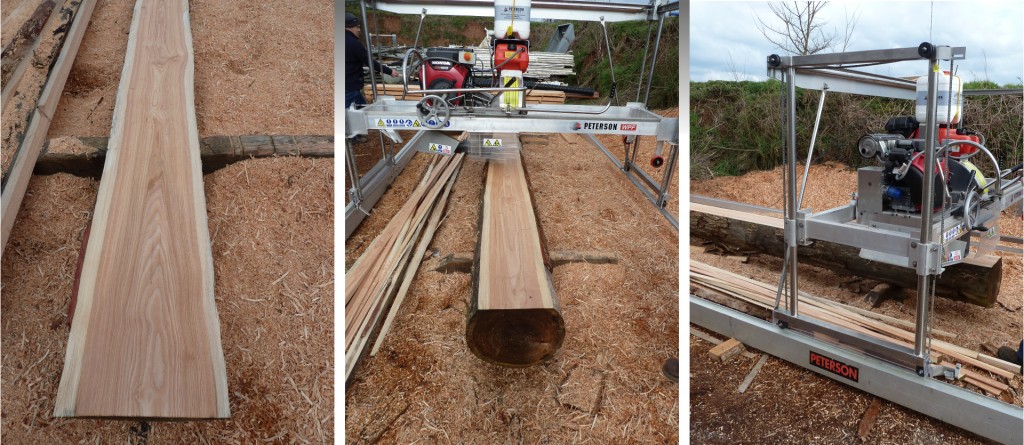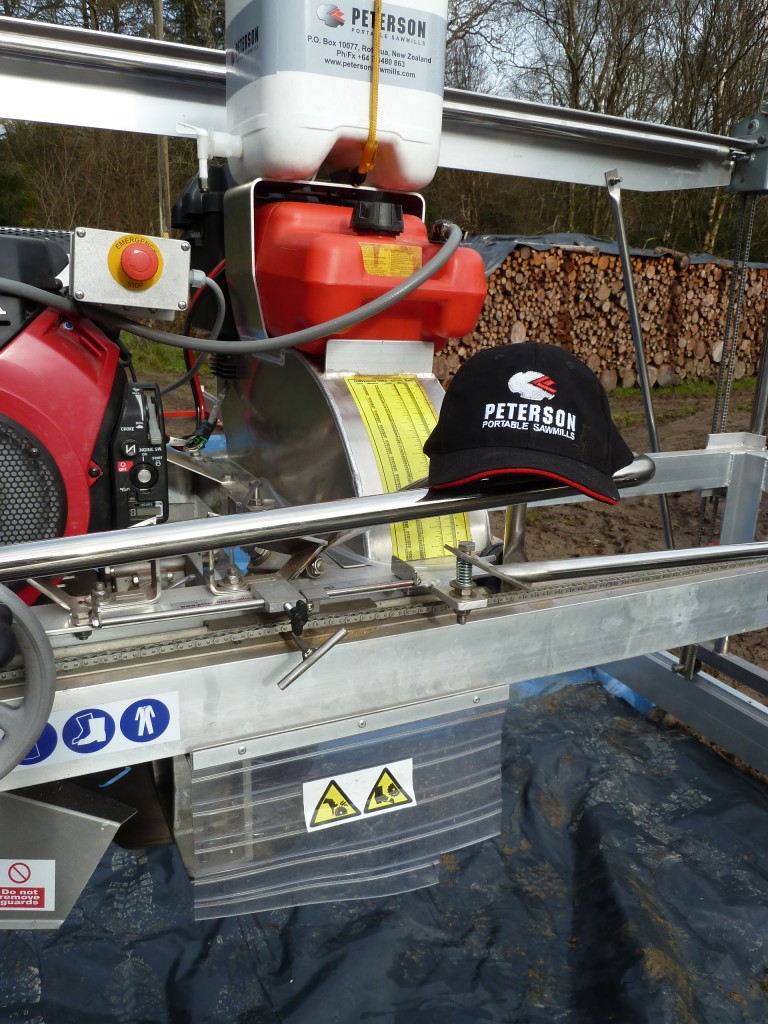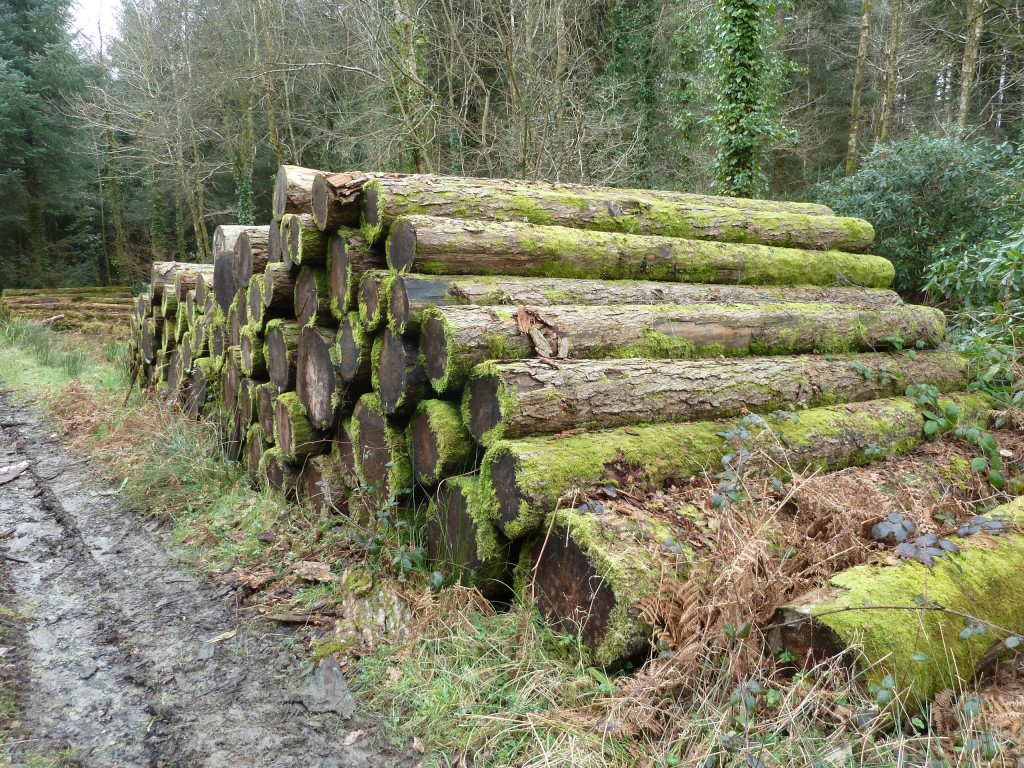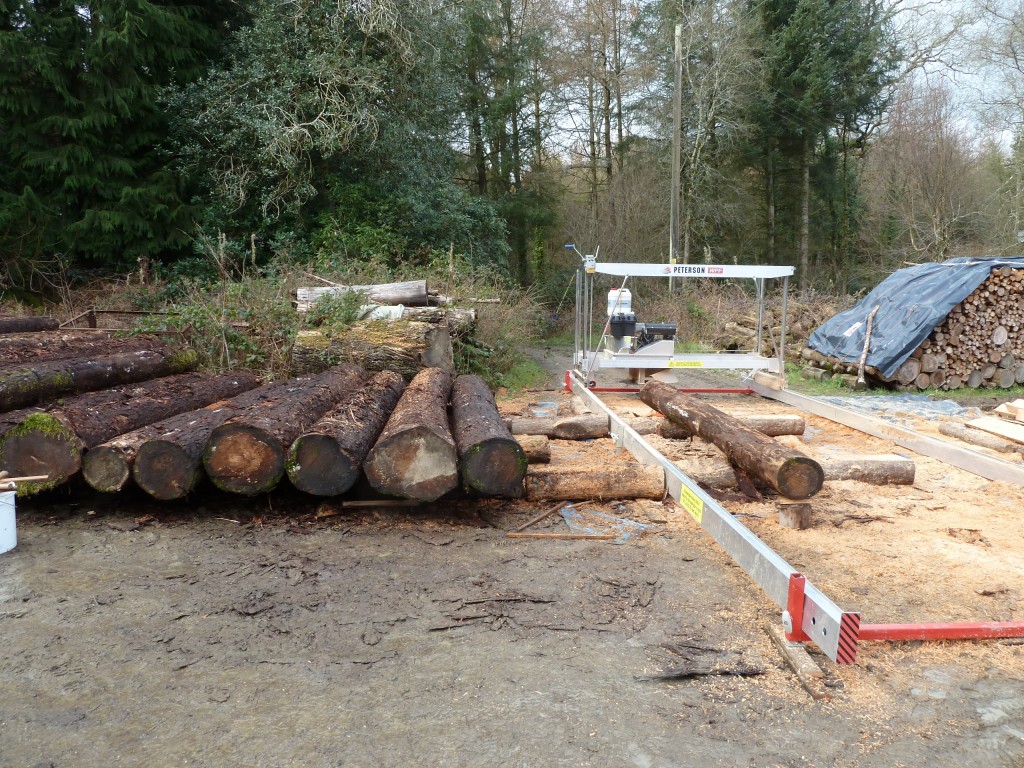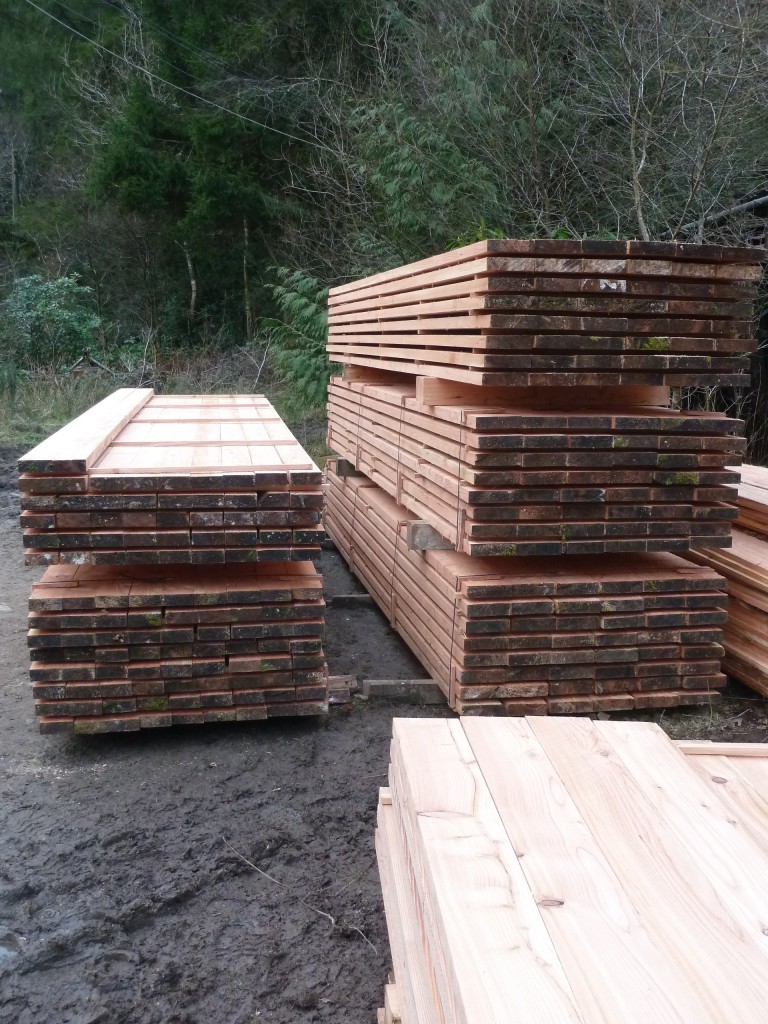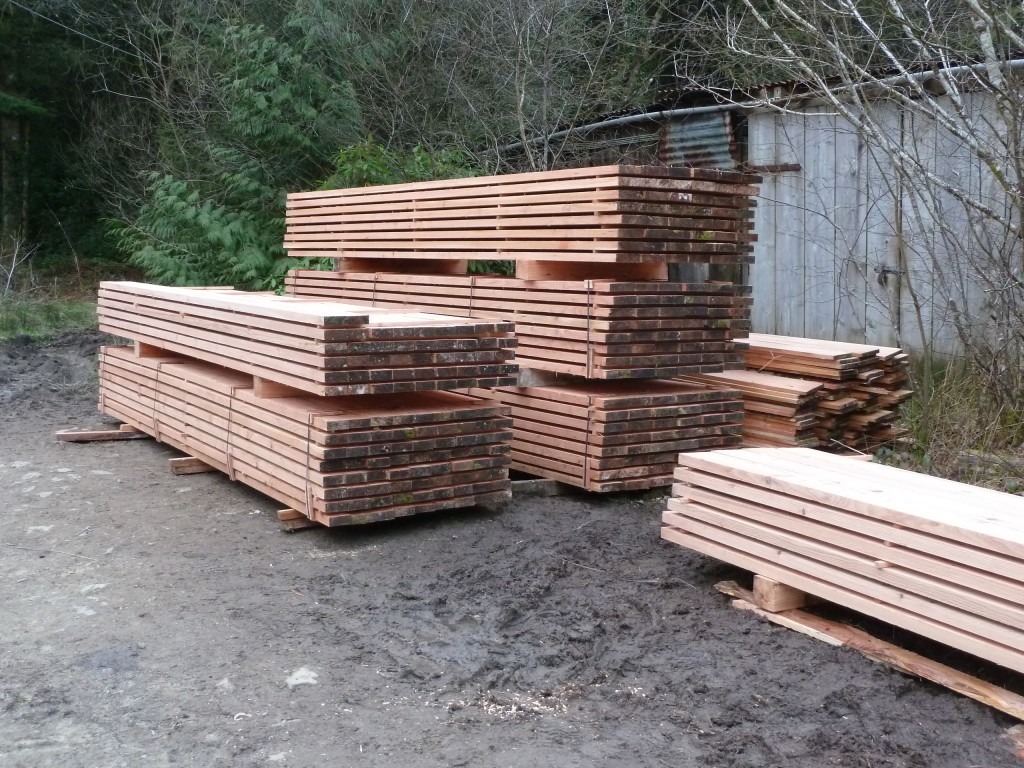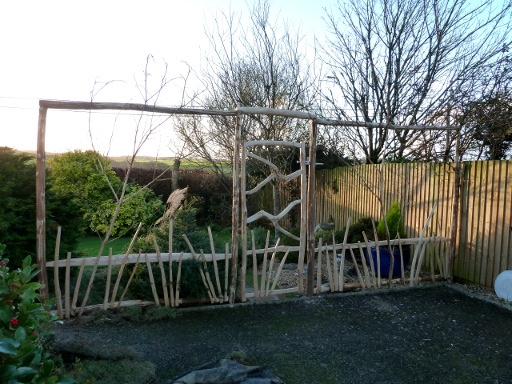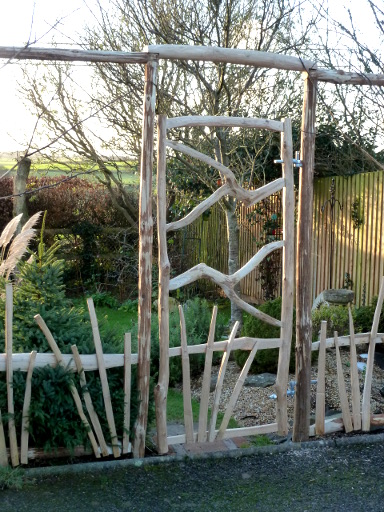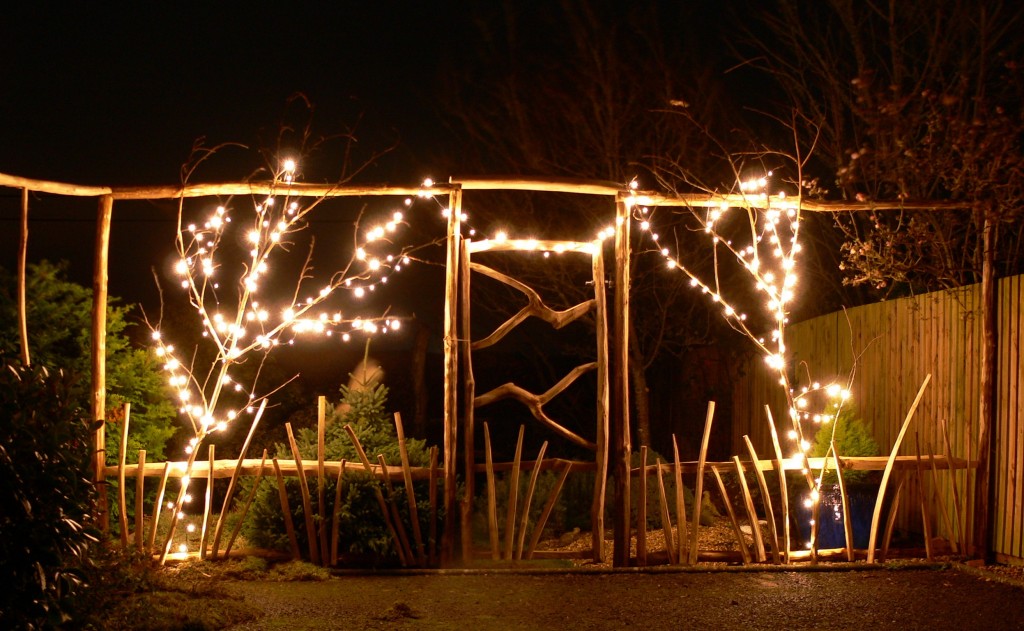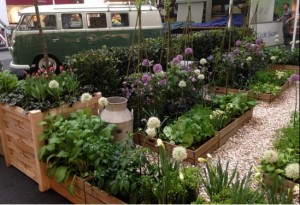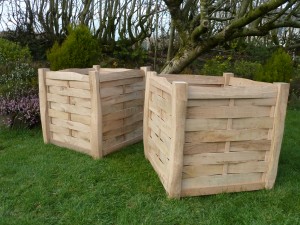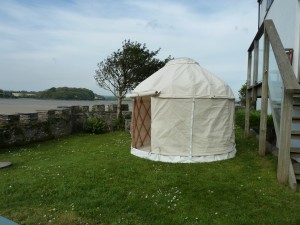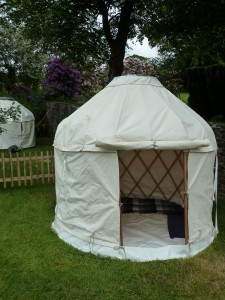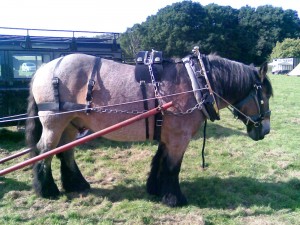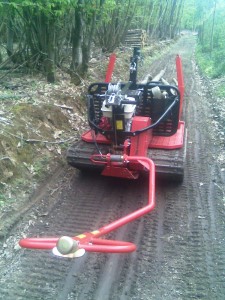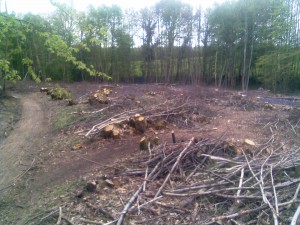Mobile Sawmill
We’re now able to provide customers with locally sawn timber using our Peterson Winch Production Frame mobile sawmill, our goal is to help UK woodland growers get more of their timber to local markets or to use in their own projects. Milling at or near where the timber is grown and harvested can add value, rather than selling and transporting roundwood to a fixed sawmill. We specialise in providing softwood and hardwood sawn timber in non-standard sizes to customers from South West England woodlands.
Most types of timber can be sourced from woodlands that have Forestry Commission approved management plans in place, this includes Larch, Douglas Fir, Spruces, Western Red Cedar, Western Hemlock, Pines, Oak, Sweet Chestnut, Ash, Wild Cherry, Beech. Our mill is perfect for high quality “quarter sawn” cutting, without the need for turning the sawlogs.
Large sawlogs or residual stacks
There are times when an individual high value large tree, felled or fallen, is in a difficult location and not economical to extract. This is an ideal scenario to take a mobile sawmill into the woodland and mill the log in situ, or there could be a part load of roundwood on site after the timber haulage has finished. Our mobile sawmill can be used to turn the remaining roundwood into higher value sawn timber, rather than left to decay or sold as lower value firewood.
We’ve just started a milling contract to saw these Larch sawlogs that have been sitting ride side for quite a while. The sawlogs have been setup next to the sawmill to provide the most efficient layout for milling.
The old stack of Larch that was left ride side is now being processed into sawn timber destined for a local Glulam factory in Crediton. The customer requires sawn boards that are dimensional correct end to end to process into high quality finger jointed and knot free timber.
Here are some images of the Larch timber we have sawn.
For further details about our sawmill please visit our dedicated website at www.sawmiller.co.uk or call (01409) 281549. We provide a friendly and affordable milling service.
